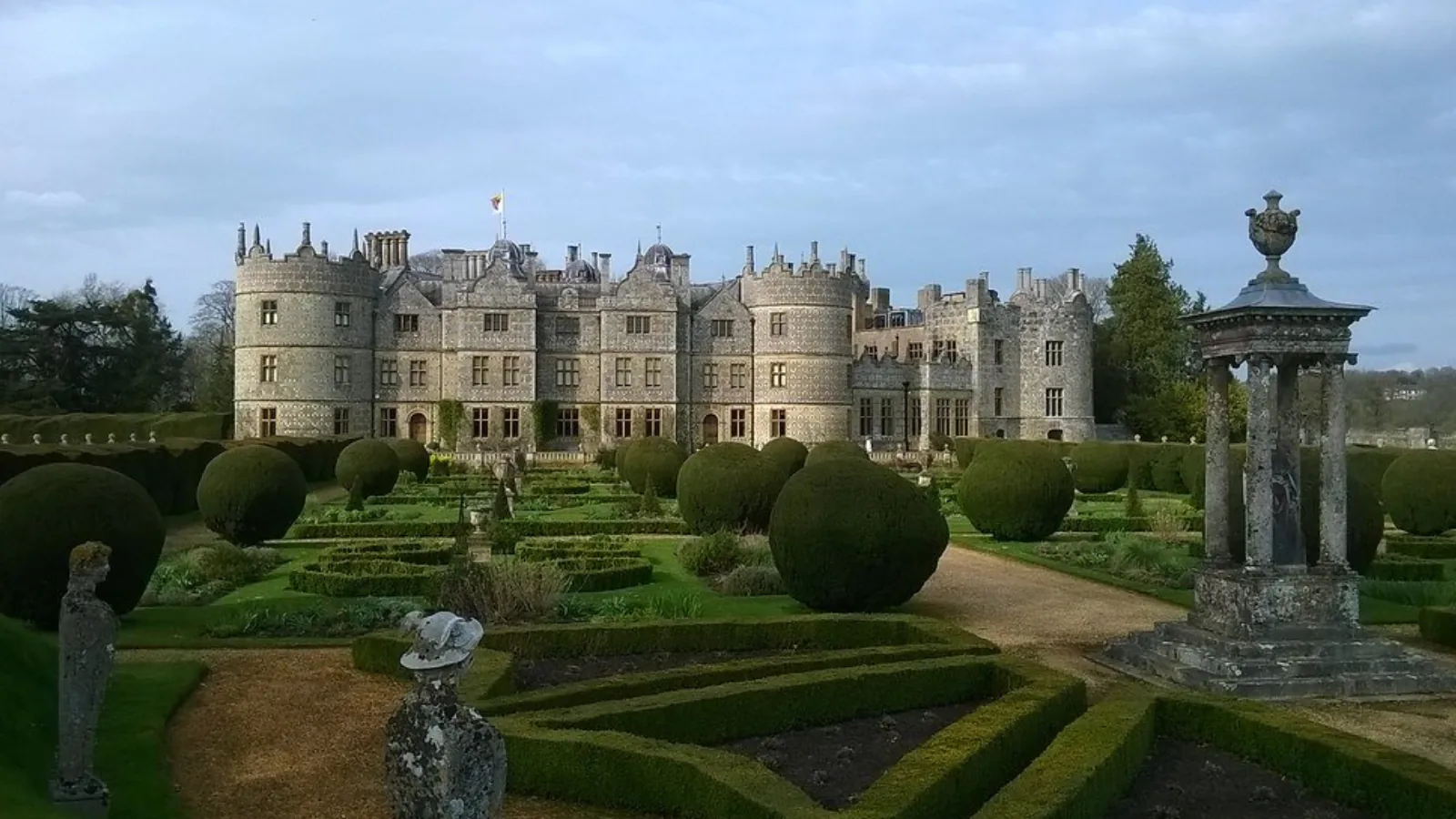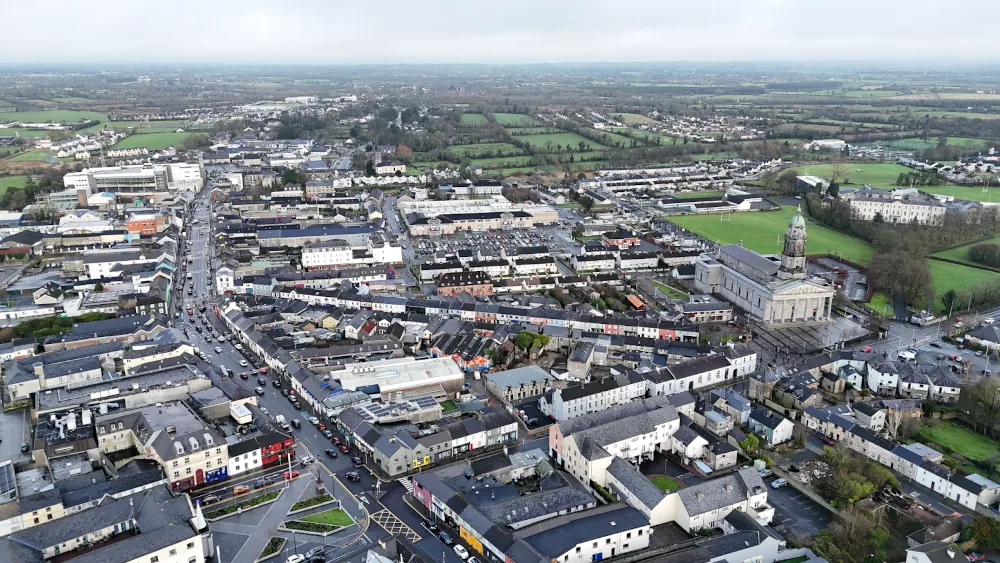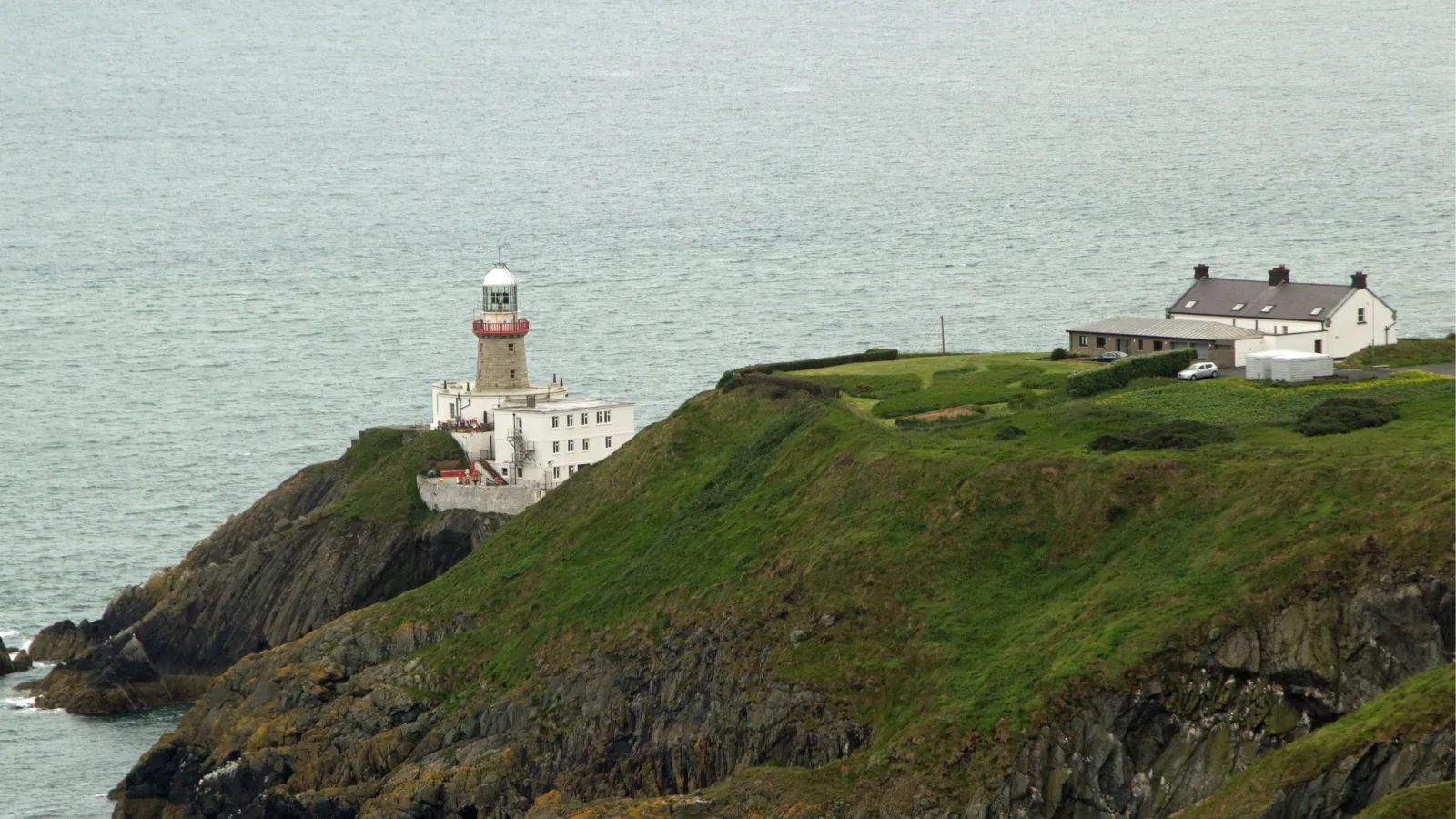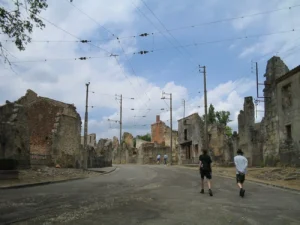County Longford, like many other Irish counties, has a rich history. It was an outstanding site during the time of the Gaelic Lords and the English victory in Ireland. Longford’s name itself stems from the Irish word “longphort,” meaning a “long fort” or a “place of ships,” displaying its function in early Irish establishments and armament.
The county performed a duty in the Cromwellian victory of Ireland in the 17th century and endured all along the conflicts between Irish Catholic rebels and English Protestant colonizers. The Irish Rebellion of 1641 and after conflicts had permanent effects on the landowners and the local community.
In the 19th and early 20th century, Longford, like much of rural Ireland, was formed by the challenges of the Great Famine and the growing current of Irish nationalism. It was still a meaningful extent all along the Irish War of Independence, where its population donated to the more extensive work for Irish freedom from British rule.
In recent times, issues around land rights and traveler settlements have also stirred debate; evicting travelers depends on complex legal processes and local authority actions. These modern challenges reflect the enduring tension between land use, heritage, and social equity in parts of rural Ireland like Longford.






















